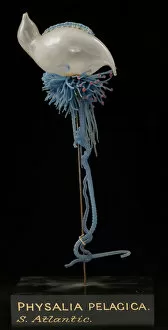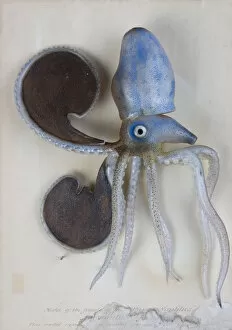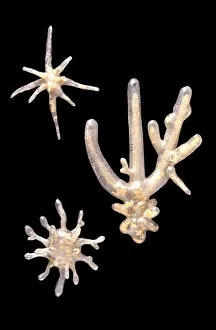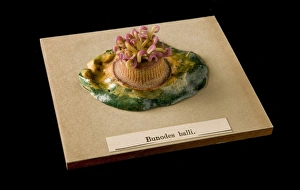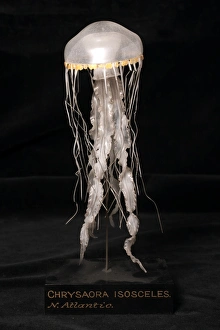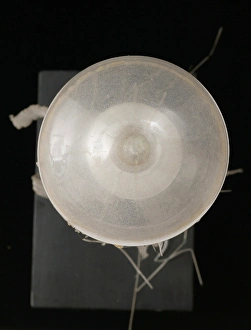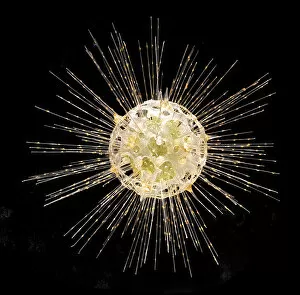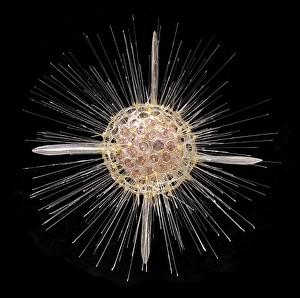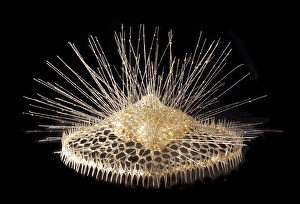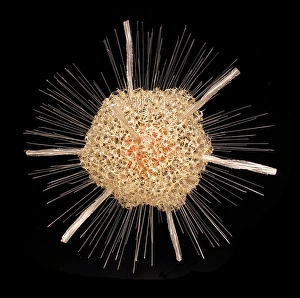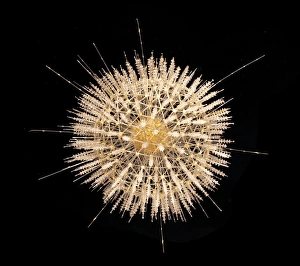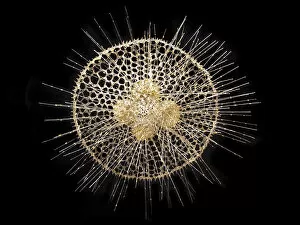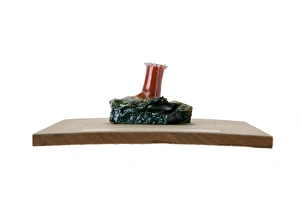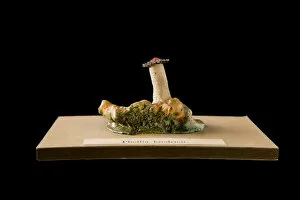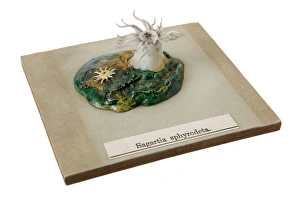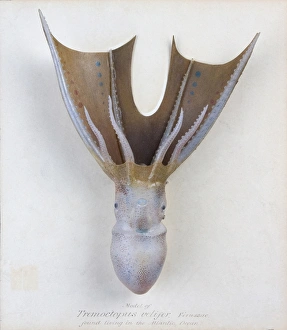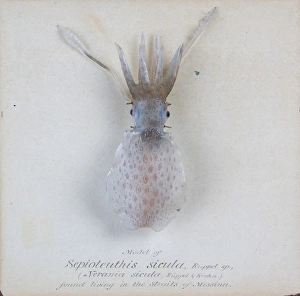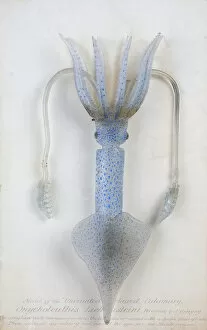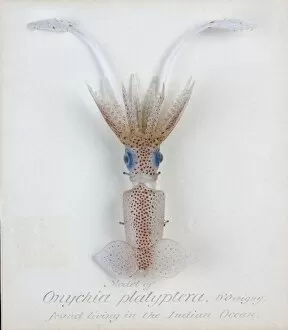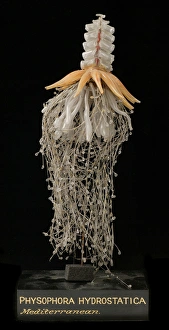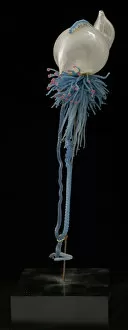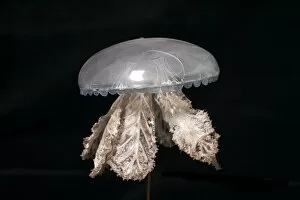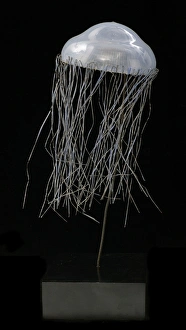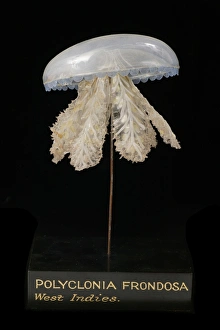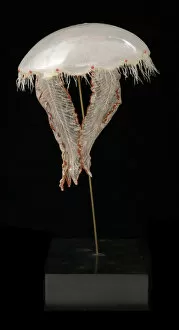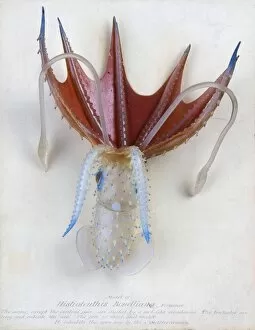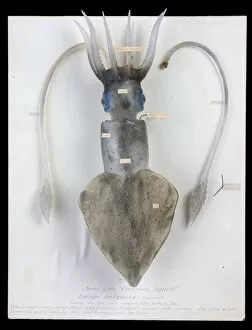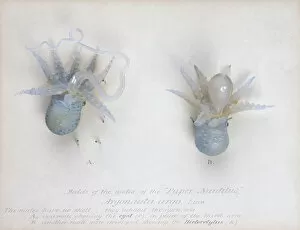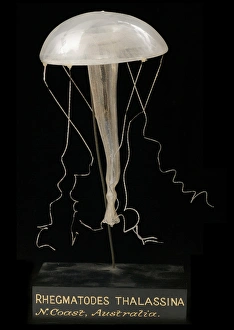Leopold Blaschka Collection
Leopold Blaschka: A Master of Capturing Marine Beauty Sepia elegans, squid. Physalia pelagica, jellyfish model. Argonauta argo (female), octopus. Amoeba proteus, amoebae
All Professionally Made to Order for Quick Shipping
Leopold Blaschka: A Master of Capturing Marine Beauty Sepia elegans, squid. Physalia pelagica, jellyfish model. Argonauta argo (female), octopus. Amoeba proteus, amoebae. Bunodes ballii, sea anemone. Chrysaora isosceles, jellyfish model. These are just a few the incredible marine creatures that Leopold Blaschka meticulously crafted into stunning glass models during the 19th century. Blaschka was a renowned German glass artist who dedicated his life to capturing the intricate beauty and delicate details of various marine organisms through his artistry. His creations were not only visually captivating but also scientifically accurate representations of these underwater wonders. Using techniques passed down through generations in his family, Blaschka mastered the art of lampworking - shaping molten glass with precision and skill. With this technique, he brought to life creatures like Dorataspis diodon and Aulacantha scolymantha - radiolarians so intricately designed that they could easily be mistaken for living organisms. But it wasn't just about replicating individual species; Blaschka aimed to showcase entire ecosystems within his glass models. He carefully arranged different organisms together in their natural habitats – Difflugia pyriformis coexisting with Sagartia coccinea and Phellia brodricii sea anemones – creating miniature worlds frozen in time. His dedication to accuracy extended beyond mere aesthetics; he collaborated closely with scientists from prestigious institutions such as Harvard University's Museum of Comparative Zoology to ensure scientific integrity in each creation. Blaschka's work continues to inspire awe even today as we marvel at the lifelike textures and vibrant colors he achieved using nothing but fragile glass rods and intense heat. Each piece tells a story of patience, passion, and an unwavering commitment to capturing the beauty of the natural world.

